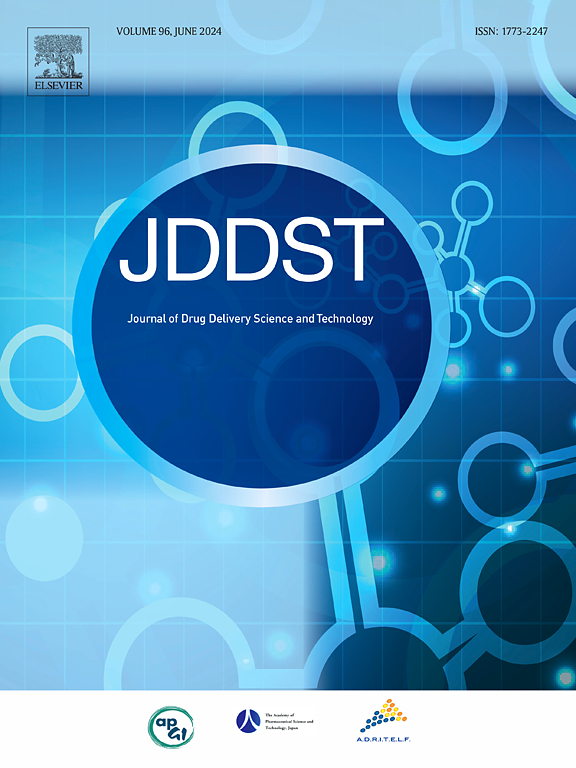A pharmaceutical industry survey results on the cycle time, drivers and enablers, for key deliverables in the early phase of drug product development from dose limiting toxicity to first subject first dose: The survey conducted by the IQ cycle time benchmarking working group
IF 4.5
3区 医学
Q1 PHARMACOLOGY & PHARMACY
Journal of Drug Delivery Science and Technology
Pub Date : 2025-04-01
DOI:10.1016/j.jddst.2025.106888
引用次数: 0
Abstract
This paper presents a comprehensive benchmarking analysis of cycle times from Dose Limiting Toxicity (DLT) to First Subject First Dose (FSFD) within the pharmaceutical and biopharmaceutical industry. Conducted by the IQ Consortium Early Phase Cycle Time Benchmarking Working Group (ePCTB WG) under the Drug Product Leadership Group (DPLG), the study aimed to identify key deliverables, enablers, and drivers that influence early drug development timelines across various formulation modalities.
Key findings indicate that immediate release tablets/capsules (83 %) and API in capsules (58 %) are the most commonly used oral solid dosage (OSD) forms, with median cycle times of 15 months and 16.5 months, respectively. For small molecule sterile products, intravenous (IV) solutions are predominant with a median cycle time of 17.4 months, while lyophilized formulations show slightly shorter timelines. Large molecule sterile products, including monoclonal antibodies and lipid nanoparticles, also show a preference for IV solutions with a median cycle time of 15 months.
The survey highlighted that the longest cycle time across all modalities is the time taken to release the Good Manufacturing Practice (GMP) drug substance, ranging from 6 to 12 months. Companies that initiate GMP drug substance manufacture before the availability of the DLT report tend to have shorter overall cycle times. The study also identified that certain enablers, such as the availability of drug substance and the definition of drug product strengths, significantly impact the initiation of GMP drug product manufacture and GLP toxicology studies.
The findings from this manuscript can be utilized by pharmaceutical companies to streamline their early phase drug development processes. By identifying the rate-limiting steps and key enablers, companies can make informed decisions to accelerate timelines, mitigate risks, and enhance efficiency in bringing new drugs to market. The benchmarking data serves as a valuable reference for setting realistic timelines and expectations, ultimately contributing to faster delivery of innovative treatments to patients.

求助全文
约1分钟内获得全文
求助全文
来源期刊
CiteScore
8.00
自引率
8.00%
发文量
879
审稿时长
94 days
期刊介绍:
The Journal of Drug Delivery Science and Technology is an international journal devoted to drug delivery and pharmaceutical technology. The journal covers all innovative aspects of all pharmaceutical dosage forms and the most advanced research on controlled release, bioavailability and drug absorption, nanomedicines, gene delivery, tissue engineering, etc. Hot topics, related to manufacturing processes and quality control, are also welcomed.

 求助内容:
求助内容: 应助结果提醒方式:
应助结果提醒方式:


